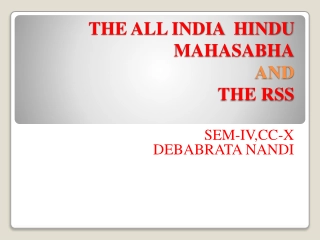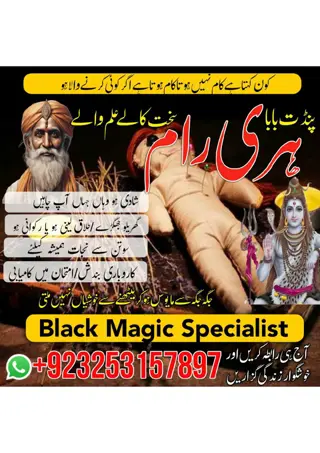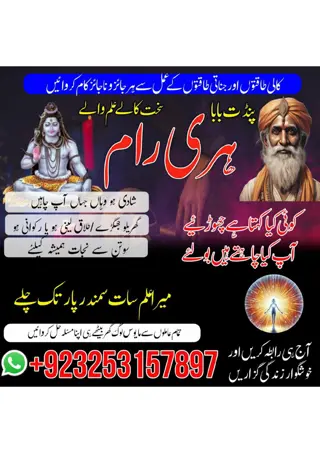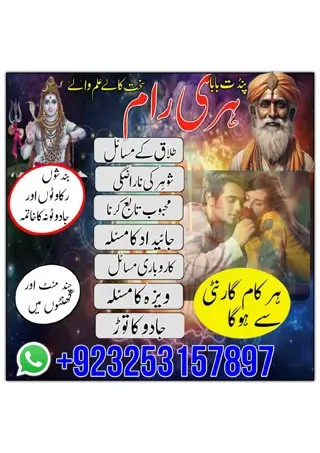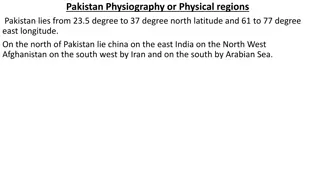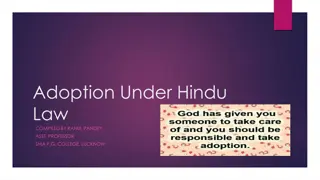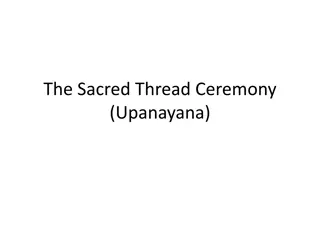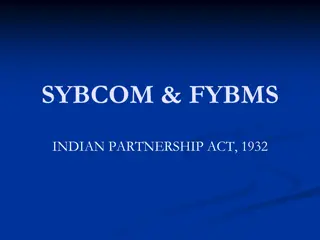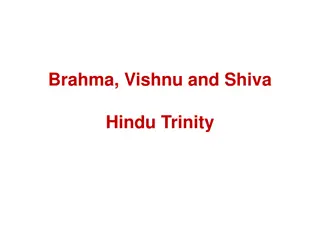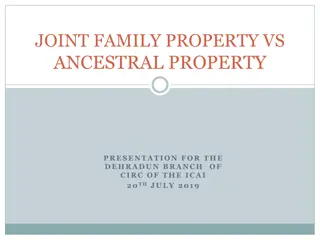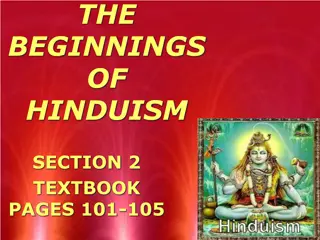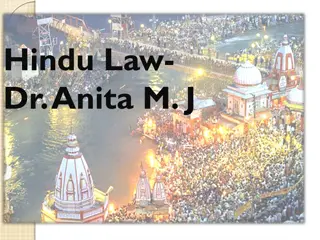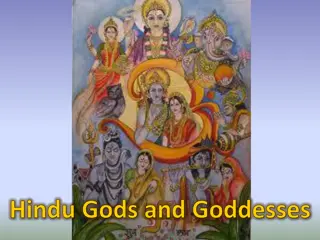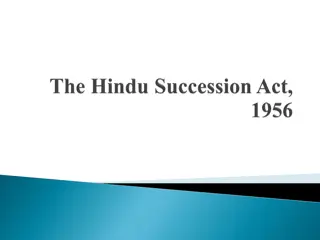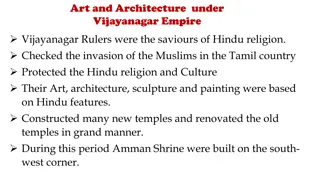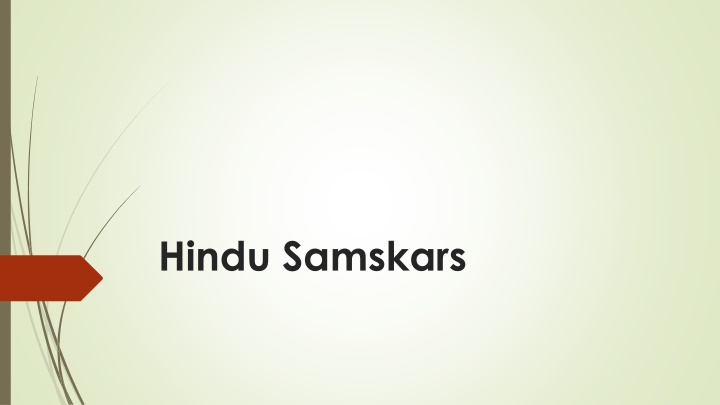
Significance of Hindu Samskars in Life
Explore the Hindu concept of Samskars, the sacred rituals and ceremonies that mark key milestones in a person's life from before birth to old age. These Samskars imbue character, shape life direction, and hold spiritual significance in Hindu culture, providing a roadmap for personal growth and social continuity.
Download Presentation

Please find below an Image/Link to download the presentation.
The content on the website is provided AS IS for your information and personal use only. It may not be sold, licensed, or shared on other websites without obtaining consent from the author. If you encounter any issues during the download, it is possible that the publisher has removed the file from their server.
You are allowed to download the files provided on this website for personal or commercial use, subject to the condition that they are used lawfully. All files are the property of their respective owners.
The content on the website is provided AS IS for your information and personal use only. It may not be sold, licensed, or shared on other websites without obtaining consent from the author.
E N D
Presentation Transcript
Main aim of Marriage 2 Dharma Praja or Progeny Rati, Kama or Sex Gratification Rina or Debts Socio-Cultural Continuity (c) Hindu Swayamsevak Sangh USA - For internal use only
Hindu Samskars 3 Action/thoughts -> Samskar -> Character -> Direction of Life The net sum total of the samskars at the end of this life is the force which gives a person the next direction after this life. In Hindu way of life, 16 major milestones are identified. Activities/procedures are prescribed to be done at each of these milestones and these are called 16 samskars. (c) Hindu Swayamsevak Sangh USA - For internal use only
16 Samskars Before birth 1. Garbhadan: The first coming together of the husband & wife for bringing about conception. 2. Pumsvan: Ceremony performed when the first signs of conception are seen, and is to be performed when someone desires a male child. 3. Seemantonnayan (Seemant + Unnayan): Performed during the seventh month of pregnancy. By this time the heart, mind and brain of the baby are formed and functional. The parents to be and their relatives offer prayers to the Almighty for mental & intellectual growth of the child. 4 (c) Hindu Swayamsevak Sangh USA - For internal use only
16 Samskars After birth in childhood 4. Jatakarma: After the birth of the child, the child is given a secret name, he is given taste of honey & ghee, mother starts the first breast-feeding after chanting of a mantra. 5. Nama-karana: In this ceremony the child is given a formal name. Performed on the 11th day. 6. Nishkramana: In this the formal darshan of sun & moon is done for the child. 7. Annaprashana: This ceremony is performed, when the child is given solid food (anna) for the first time. 8. Chudakarana: Cuda means the 'lock or tuft of hair' kept after the remaining part is shaved off. 5 (c) Hindu Swayamsevak Sangh USA - For internal use only
16 Samskars After birth in childhood 9. Karna-vedha: Done in 7th or 8th month. Piercing of the ears. 10. Upanayan & Vedarambha: The thread ceremony. The child is thereafter authorized to perform all rituals. Studies of Vedas begins with the Guru. Adulthood 11. Keshanta: Hairs are cut, guru dakshina is given 12. Samavartan: Returning to the house after acquiring education 13. Vivaha: Marriage ceremony 6 (c) Hindu Swayamsevak Sangh USA - For internal use only
16 Samskars Old age 14. Vanprastha: As old age approaches, the person retires for a life of tapas & studies. 15. Sanyas: Before leaving the body, a Hindu shed all attachments to awake & revel in the timeless truth. After Death 16. Antyeshthi: The last rites done after the death. 7 (c) Hindu Swayamsevak Sangh USA - For internal use only
Thank you for your participation ?

